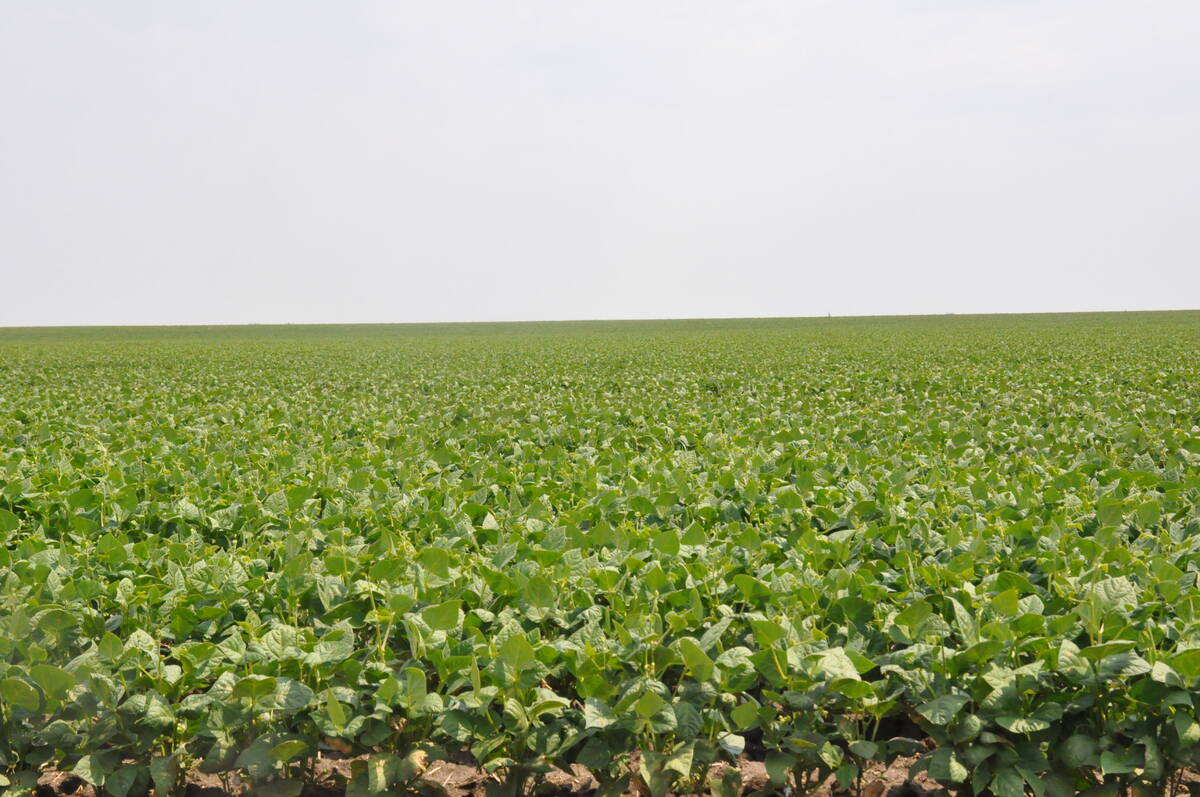Two new methods of detecting ractopamine in livestock feed are expected to help producers, meat inspectors and export companies better identify and measure residues of the feed additive.
Weilin Shelver, a chemist who worked with animal physiologist David Smith in developing the new tests at the Red River Valley Agricultural Research Centre in Fargo, North Dakota, said ractopamine hydrochloride helps produce leaner cuts of meat and gets animals to market four days earlier.
She said the tests are important to trade with the European Union, which bans the use of growth promoting hormones.
Read Also

Coloured bean production down, whites are up
Bean prices have been slumping and the outlook is for more of the same.
“If any residue is found, then we are in trouble,” said Shelver.
Ractopamine is used for pigs and cattle in the United States, but not in Canada. A submission to license the product for use in Canada is before Health Canada.
In addition to fostering good trading relations with Europe, Shelver said the tests can help guard against ractopamine’s illegal or accidental use in other animals and in humans. It can affect the human heart and lungs, causing palpitations and tremours.
“Our food safety is our mission and our concern – that is what precipitated this research,” she said.
Improved testing
Shelver said the enzyme-linked immunosorbent assay or ELISA test is most promising and costs $100 to $1,500 US for the kit. The optical biosensor costs $130,000.
Both tests use a specialized type of protein called a monoclonal antibody, developed by biotechnology techniques, which binds to the ractopamine. Both methods are fast, easy to use, specific, sensitive and give similar measurements, allowing greater flexibility in where, when and how residues are measured in animal urine and tissue.
Liquid chromatography is now used to measure ractopamine.














